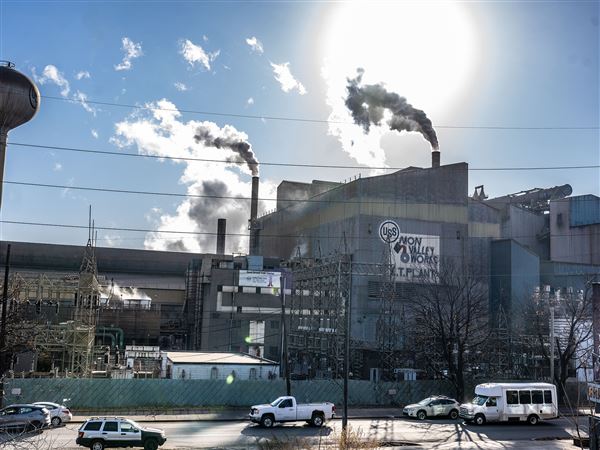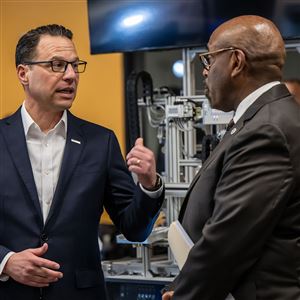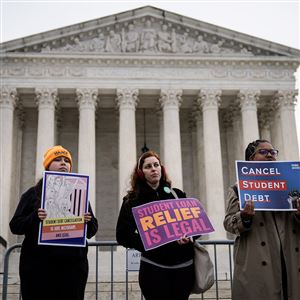Eight in 10 community college students aspire to earn their bachelor’s degrees, but only 16% nationwide actually do so within six years.
In Pennsylvania, that number is just slightly higher, at 17%, according to a report published this month by the Community College Research Center.
The report suggests that community colleges and four-year institutions have more work to do to ensure community college students transfer to four-year colleges and succeed there, said Tatiana Velasco Rodriguez, a research associate at CCRC.
“The findings from this report might not sound very positive for many states and many institutions, and there are a lot of things that do show there is a lot of work to be done,” Ms. Velasco Rodriguez said. “But we do really want states and institutions to take these findings as a starting point, a reference point.”
Using data from National Student Clearinghouse, the report analyzed the educational pathways of U.S. community college students starting in fall 2015 and continuing for six years.
Researchers found that 33% of these students transferred to a four-year institution within six years. Those transfer numbers were lower for students who were older than 24 (18% of these students transferred), Black (25%), Hispanic (27%) or low-income (27%).
In Pennsylvania, the transfer-out rate was slightly higher than the national average, at 34%. It had the 13-highest rate of U.S. states. Oklahoma, Virginia, Maryland, New Jersey and New York topped this ranking.
Nationally and in Pennsylvania, just half of the students who did transfer earned their bachelor’s degrees within six years of starting at a community college. Nationally, those numbers were lower for older students (6% of these students), Black students (7%), Hispanic students (10%) and low-income students (11%).
Though Pennsylvania earned slightly higher marks than the national average — it ranked 11th in the nation — Ms. Velasco Rodriguez called this a “small difference.” New Jersey, Illinois, Maryland, Oklahoma and Virginia topped this ranking.
“Overall, no state should feel confident with these results,” Ms. Velasco Rodriguez said. “All states should really take this as a wake-up call — even the states who seem to be at the top of these rankings — and figure out how to address these low completion rates.”
Ms. Velasco Rodriguez believes there are several ways that states, community colleges and four-year institutions can improve their transfer and graduation rates.
States should figure out ways to provide data to community colleges and four-year schools to help them track the outcomes of community college transfers, she said.
She also believes that community colleges and four-year schools must work together to assuage the transfer experience. This could involve streamlining the credit transfer process, educating community college students about transfer opportunities and processes, and improving the integration process for former transfer students.
Though the report did appear bleak in some aspects, Ms. Velasco Rodriguez said there were positives. Students who transferred from community colleges with an associate’s degree or certificate tended to have higher bachelor’s degree competition rates, she said.
And students who had taken dual enrollment courses prior to community college enrollment had stronger transfer rates and bachelor’s degree completion rates.
“Dual enrollment students have a very promising pathway,” she said. “We need to expand it for all students.”
First Published: February 26, 2024, 10:30 a.m.
Updated: February 26, 2024, 8:33 p.m.



















